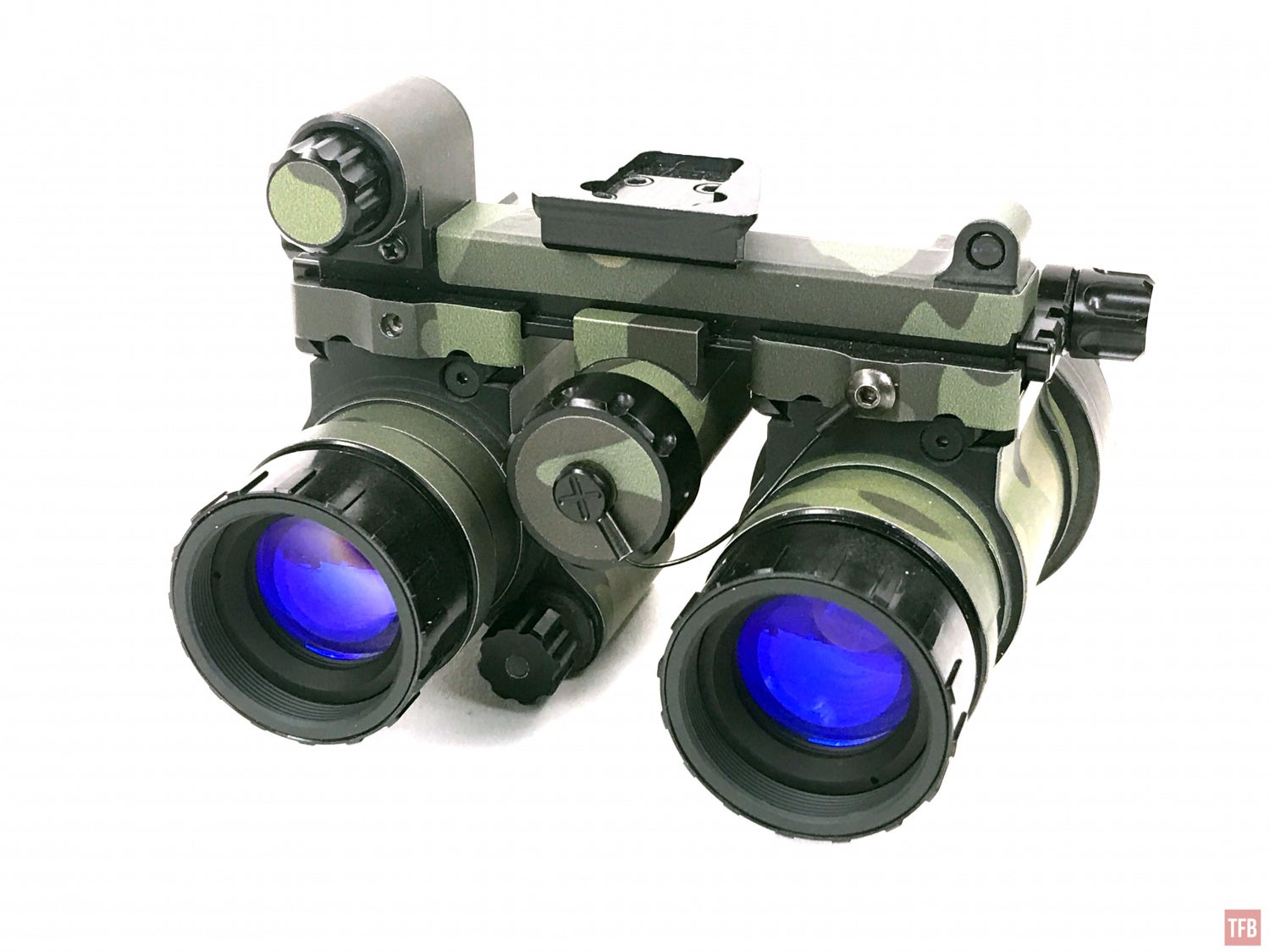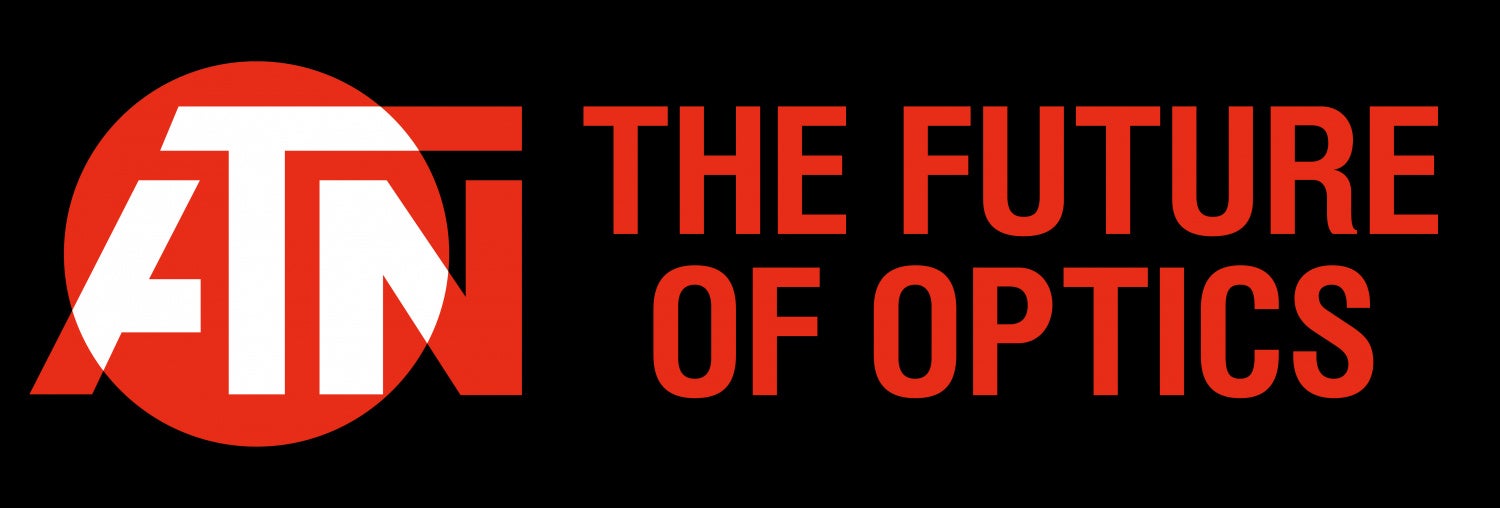Good evening everyone and welcome back to TFB’s Friday Night Lights series. We are excited to announce that FNL is now sponsored by ATN Corp, manufacturers of night vision and thermal optics like the THOR LT. As with all of our sponsored series, Friday Night Lights will continue to bring you unbiased news and reviews from a variety of companies. Now it is time for another Dual Tube Spotlight. This time we will be taking a close look at the AB Night Vision MOD-3 system. It is a modular dual tube night vision system that features quick detach monocular pods.
Modular Dual Tube Night Vision Goggles
When it comes to night vision you are generally limited to a monocular, like a PVS-14 or go to a dedicated binocular system. There are bridges you can get to combine twin PVS-14s however that option is typically sub-optimal. Twin PVS-14s are typically heavier than a dedicated dual tube binocular. This is due to the fact you have two batteries, two power supplies, two IR illuminators and two power switches. All of that is excess weight. AB Night Vision came up with the MOD-3 as an intermediate step between dual PVS-14s and a dedicated dual tube binocular.
The MOD-3 system features a bridge and two monocular pods. You may recognize the style of the MOD-3. It looks very similar to the RNVG (Rugged Night Vision Goggle). That is because AB Night Vision designed and manufactures both of them.

The MOD-3 is the same concept as the RNVG. It is a fixed binocular design inspired by ANVIS goggles. The monocular pods slide on a power rail under the bridge that delivers power to the pods.

See the four silver lines? That is what delivers power to the gold contacts which power each monocular pod.

Here is the underside of the RNVG and MOD-3 bridge.


What sets the MOD-3 apart from the RNVG is that the monocular pods are detachable without the need for tools. There is a latching mechanism that you push over and you can slide the pods off the bridge. Each pod is self-contained and purged. The contacts are gold plated for the best conductivity and to prevent corrosion.

The rectangular latch has a ridge down the center of it to aid in sliding it to the side.
The pod attachment shoe is attached to a pupillary adjustment screw so you can dial in the distance between pods to match the spacing between your pupils. You can see the PD adjustment knob on the side of the latch.
Mod-3 Monoculars


AB Night Vision makes monocular adapters for the pods to convert them into standalone monoculars like a PVS-14. I am using a manual gain MOD-3 so it has protrusions that you don’t see on regular MOD-3. The monocular adapters have cutouts that are pod-specific.


See the step cutout below?

It will fit the other monocular pod.

However, the other monocular adapter does not have the same cutout so it will not slide all the way onto the other pod.

The monocular adapters are powered by a single CR123 and have a built-in IR illuminator. It is designed to work with any standard J-ARM or dual dovetail mount. I mentioned these monocular pods in my PVS-14 alternatives article.

The monocular adapter has a lanyard loop so you can tether your monoculars. However, unlike the RNVG, the MOD-3 lacks anchoring loops in the bino configuration.
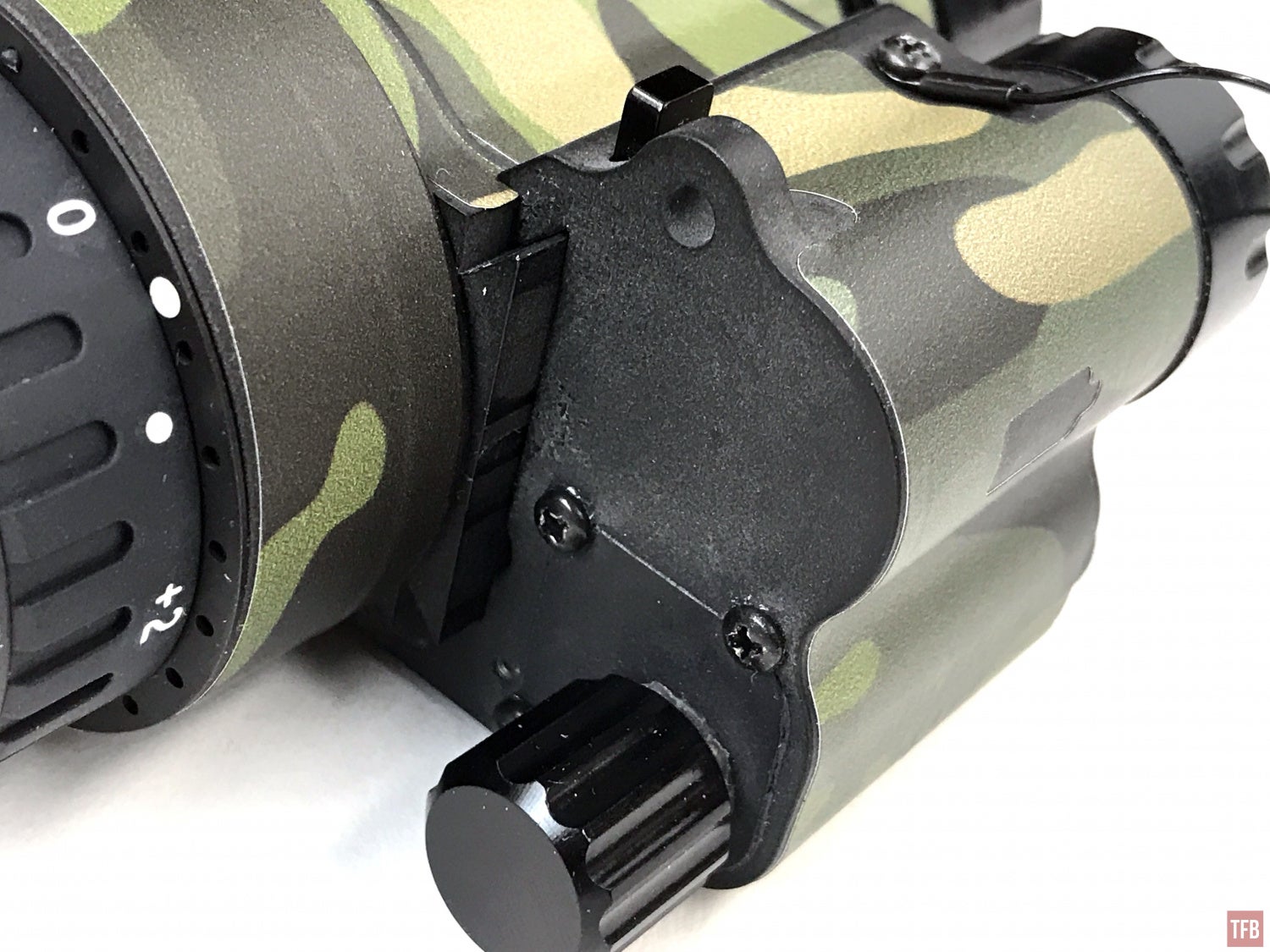
There are some things to consider if you are using the manual gain pods as monoculars. The manual gain protrusion may interfere with your mounts and J-Arm of choice. See the photo below. The J-Arm bends around and clears the manual gain knob. However, there are other styles of arms like Mod Armory and Wilcox I-Arm that would not clear the manual gain protrusion.

Depending on which monocular pod you use, the manual gain knob can touch your NVG mount.


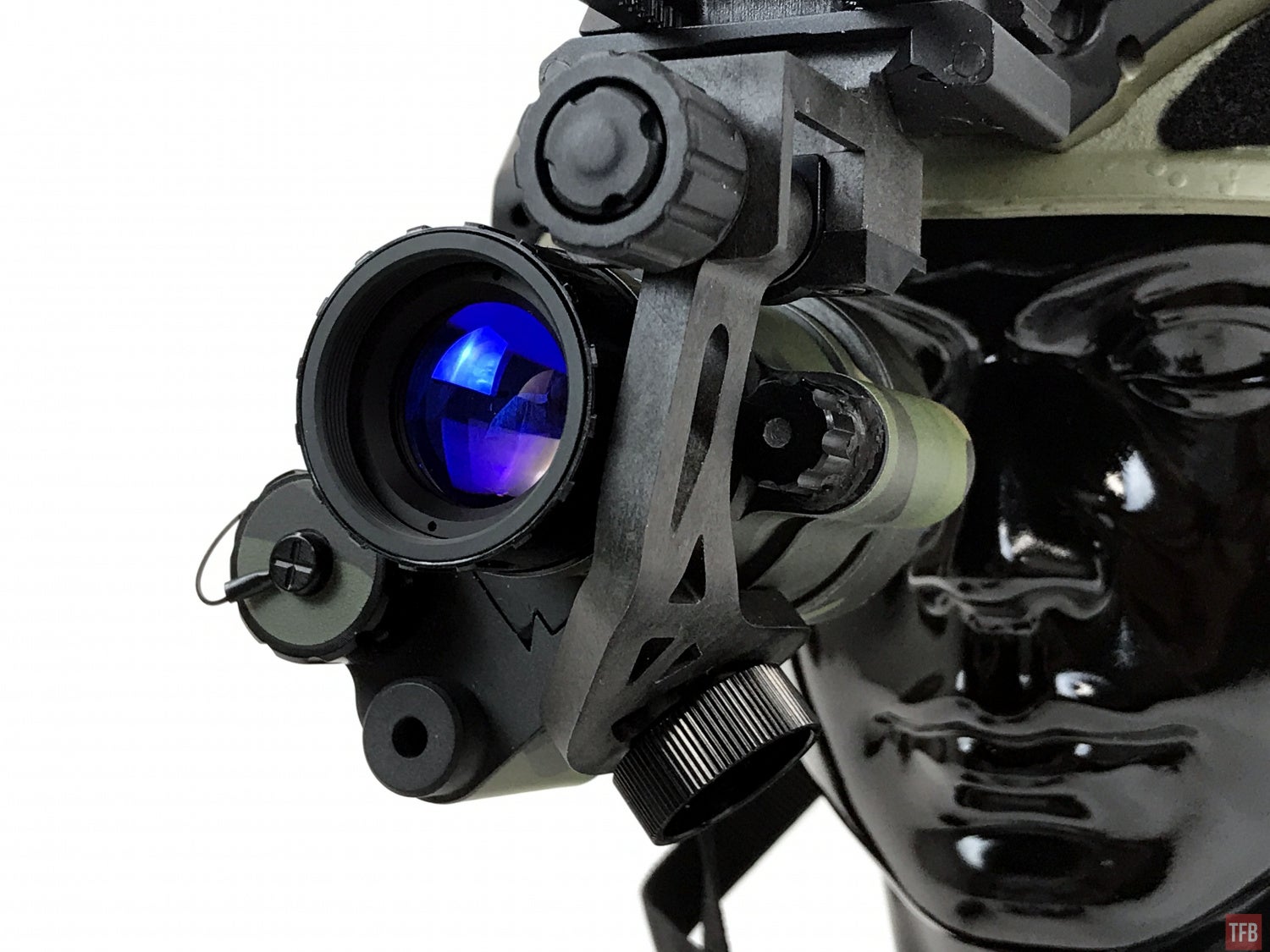
See how the manual gain knob is pushed up underneath the Wilcox G24 mount?

MOD-3 Variants
Besides the plain manual gain and auto gain models, AB Night Vision also made ANVIS compatible pods as well as C-Mount pods to accommodate C-Mount lenses. My friend Moshen C. uses a MOD-3 monocular for astronomy observation and can attach it to his telescope.

Photo by TNVC

Photo by Ultimate Night Vision
AB Night Vision even makes an ANVIS interface for use with ball detent ANVIS mounts.

Photo by TNVC

Photo by TNVC
The MOD-3 has gone through a couple changes. Below are some design changes that were phased out. The photos below were taken by Nocorium when he was designing his NVG Wraps for the MOD-3. While he was planing out how to wrap the housing, we got some friends to lend him their units to design the pattern off of. He noticed some significant differences.
The unit below was lent by Jayden of VG6 Precision. You will notice some very different shapes and design of the bridge. The MOD-3 bridge has a low serial number and has the IR illuminator in the middle of the bridge. The problem is that this sits somewhat close to the battery cap and casts a shadow.
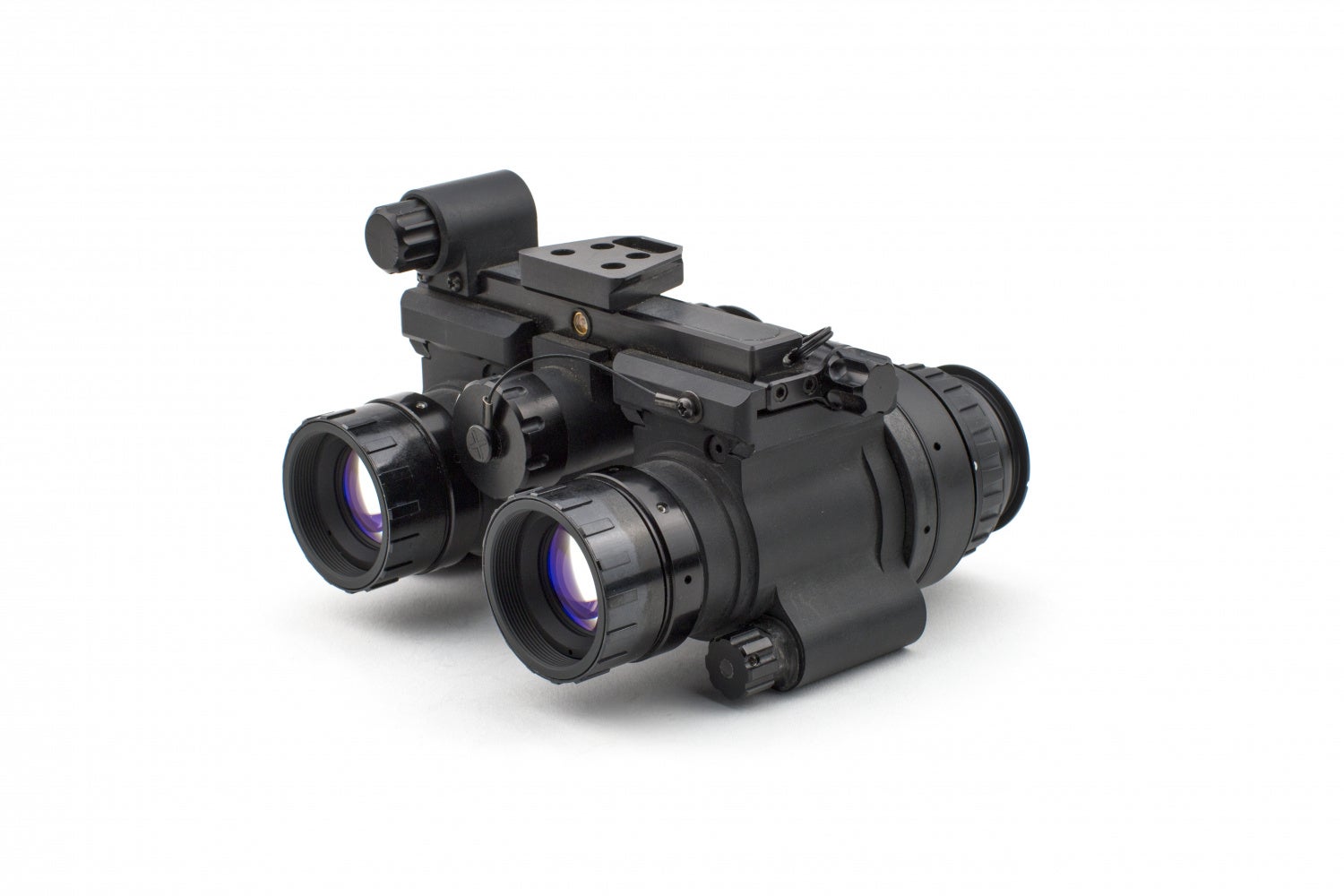
Old MOD-3 bridge. Photo by Nocorium

Newer MOD-3. Photo by Nocorium

Older MOD-3. Photo by Nocorium

Photo by Nocorium

MOD-3. Photo by Nocorium
But it is not just the relocation of the IR illuminator that has changed. The attachment shoes for the monocular pods have been streamlined.

Newer MOD-3 bridge. Photo by Nocorium
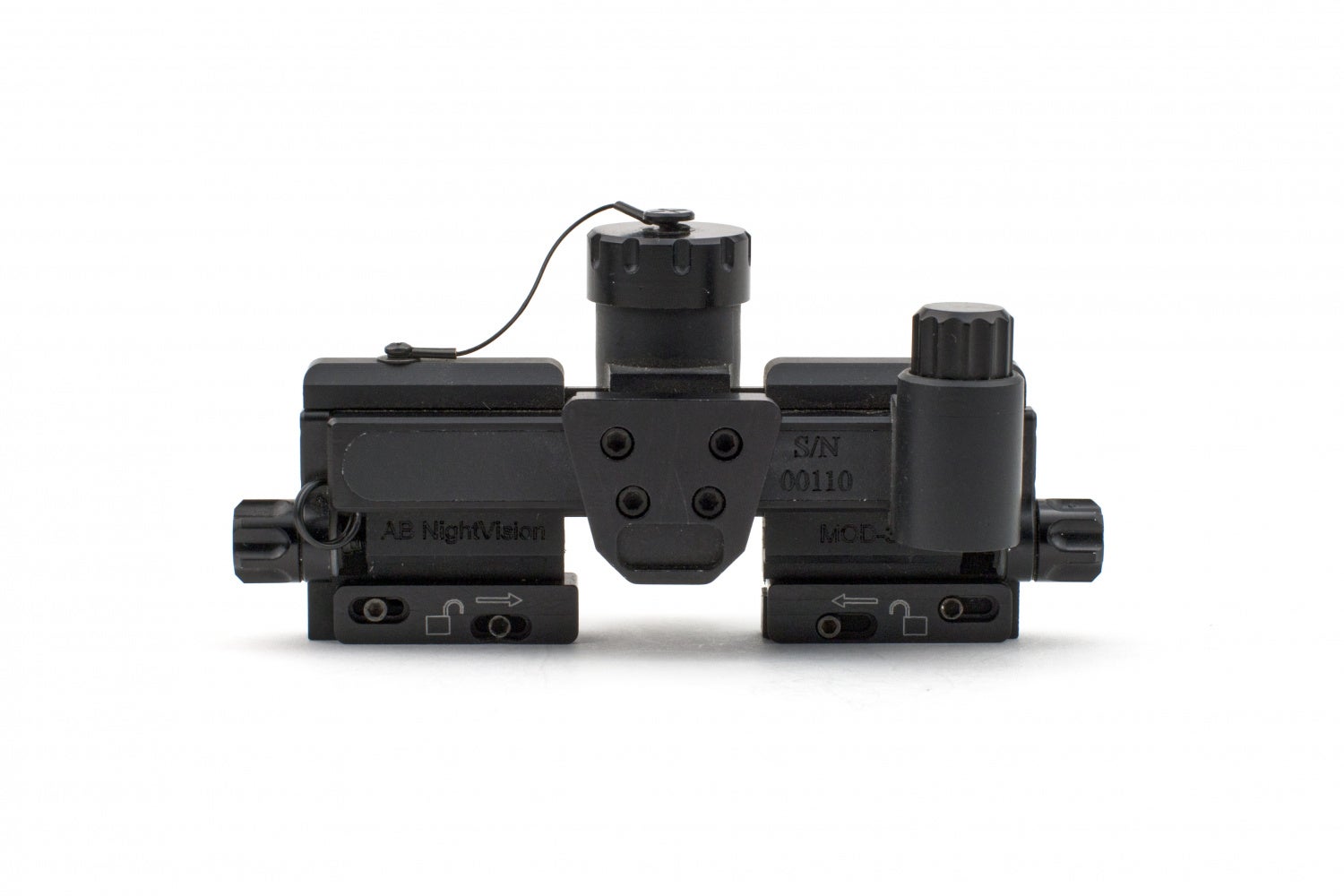
Older MOD-3 bridge. Photo by Nocorium

Photo by Nocorium

Even the dovetail has been weight lightened. Photo by Nocorium

Photo by Nocorium

Photo by Nocorium

Photo by Nocorium

Photo by Nocorium

Photo by Nocorium

Photo by Nocorium

Photo by Nocorium

Photo by Nocorium

Photo by Nocorium
Final Thoughts Of The MOD-3
The MOD-3 sounds like the perfect system however there are some compromises. Weight is a factor. The manual gain version weighs 23 ounces whereas a build RNVG weighs just 20.4 ounces. And the RNVG is machined aluminum whereas the MOD-3 is machined Delrin. The RNVG also has a standard IR illuminator that can accept an IR refocus lens. The MOD-3 monocular adapters can fit those lenses but the bridge cannot.
Another concern is the connectivity between the pods and the bridge. I have heard stories of vibration causing the pods to briefly disconnect from the bridge and thus all power is cut to the pod. So the pod will flicker on and off. I have not personally experienced this but it is something to consider. The tolerance between the monocular pod to the latching mechanism on the bridge cannot be too tight otherwise it would be difficult to remove them.
The MOD-3 housing costs more than an RNVG for both the no-gain version and manual gain version. Often people who have MOD-3 binos always say the same thing “I can detach one pod and lend it to a friend at the range”. While this is theoretically possible I always ask them “How many times have you done that?” and the answer is usually “never” or “not that often”. Modularity is nice but it can be a waste if you do not take advantage of it. In most cases, it is better to have a great set of dedicated dual-tube binos, ideally with articulation than a standalone monocular for filming or lending out to someone who does not have their own night vision.
For more information, go to AB Night Vision’s website.
 Your Privacy Choices
Your Privacy Choices

